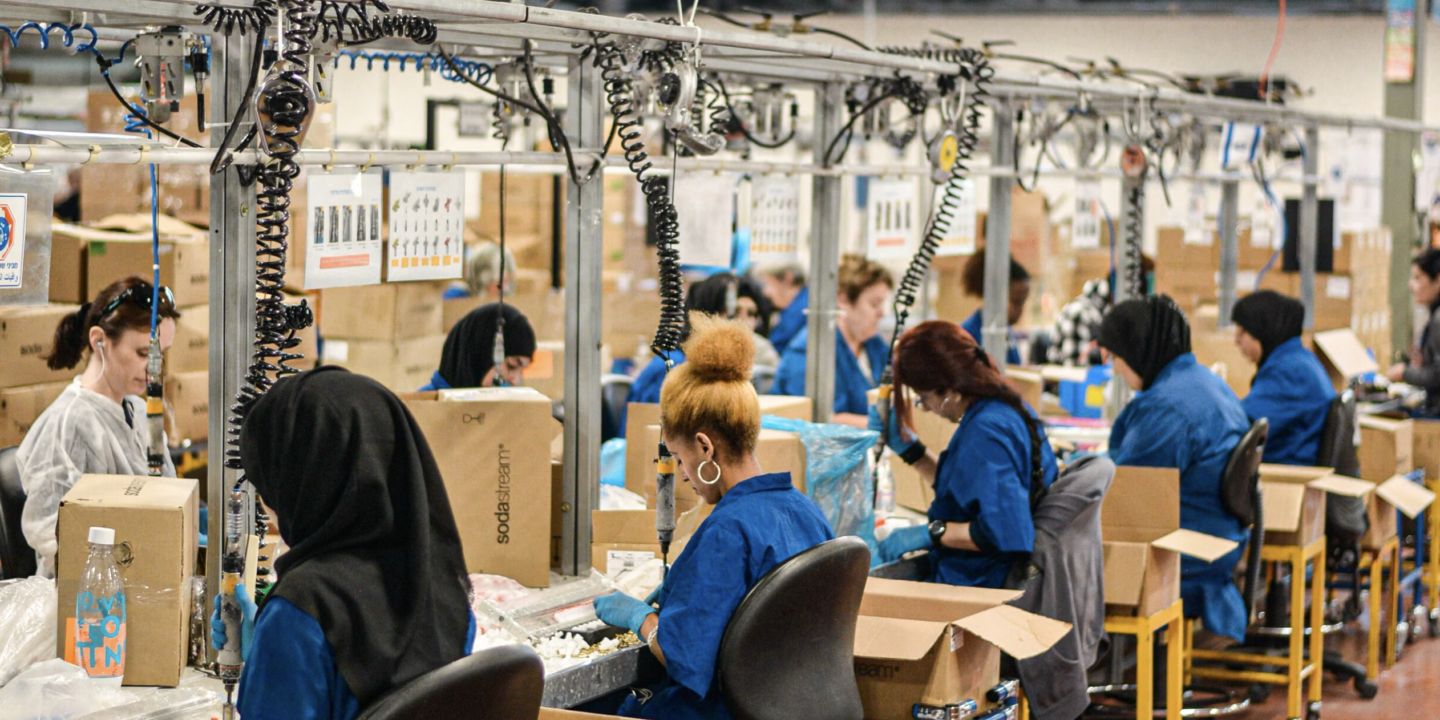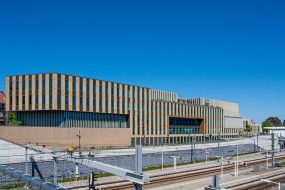Contents

As part of the trend of deglobalization, manufacturing is increasingly returning to North America from Asia. Central to this shift are maquiladoras, factories which are often based in Mexico, but owned by corporations outside of Mexico.
Despite being taxed on exports, maquiladoras benefit from duty-free imports of raw materials and equipment, reducing total production costs. As a critical cog in the U.S. production globalization, the maquiladora system has a rich history and a significant future.
What Are Maquiladoras?
Maquiladoras are foreign-owned manufacturing or assembly plants incentivized by tariff programs from the United States and Mexico to boost trade. They operate in diverse sectors from textiles to complex industries like automobile and aerospace manufacturing.
Maquiladoras provide a cost-effective solution for companies to scale economically and comply with trade regulations. This setup fosters foreign investment, employment, and economic growth, particularly in Mexico’s border regions.
Origins and Evolution of Maquiladoras
Maquiladoras were initiated in 1965 through Mexico’s Border Industrialization Program, a response to unemployment issues following the Bracero Program’s end. Over time, their number and operation complexity have grown significantly. This growth was accelerated by the North American Free Trade Agreement (NAFTA) in 1994, eliminating trade and investment barriers between the U.S., Canada, and Mexico. These trade agreements enabled maquiladoras to become integral to North American supply chains, enhancing their economic significance.
How Maquiladoras Operate
Operational maquiladoras import raw materials duty-free, convert them into finished goods, and export them, often to the source country like the U.S. They maintain ties with their parent companies, such as Honeywell or Mattel, who often control key functions like product design and marketing. The parent company enjoys reduced labor costs and trade agreement benefits, while the host country benefits from job creation and industrial activity increase.
Maquiladoras’ Economic Impact
Maquiladoras profoundly affect local economies, particularly in Mexico’s border towns, where they trigger urbanization and job creation. They also impact the global economy by being essential in international supply chains and attracting foreign direct investment. Maquiladoras foster export-led growth in Mexico and deepen economic integration between Mexico and its main trade partners, particularly the U.S.
Advantages and Disadvantages of Maquiladoras
The maquiladora system brings job creation, skill development, and economic growth. Companies also benefit from cost savings, lower labor costs, and easy access to foreign markets. However, they face criticism for promoting low wages, poor working conditions, and environmental damage. Furthermore, they create economic dependence on foreign investment, which has potential downsides for the host economy.
Maquiladora Success Stories
Successful maquiladoras, like those in Tijuana’s electronics and telecommunications sector, have significantly impacted local economies, turning Tijuana into a tech hub known as the “king of television manufacturing.” However, failures exist due to economic downturns in parent countries or mismanagement. These cases serve as cautionary tales for potential investors.
Learn more about Manufacturing
Logistipedia is where you can learn more about Manufacturing.




